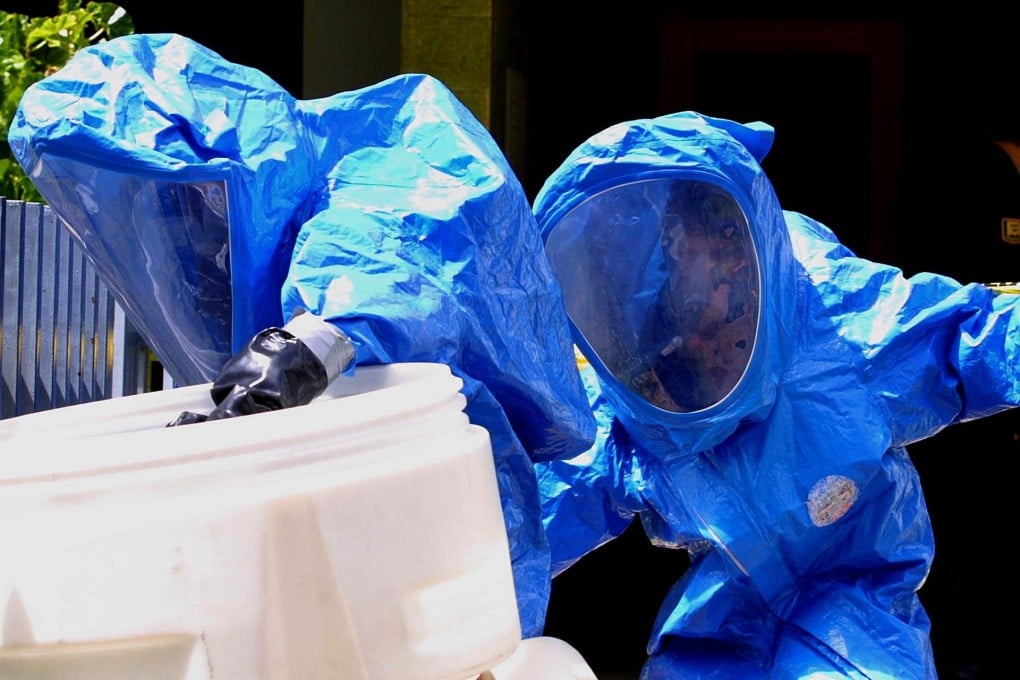Disease research lab mishaps rattle scientists and regulators
After a series of high-profile mistakes, scientists and the agencies they work for debate safety

For the danger they posed, the lapses were appalling. They put lives at risk, that much is clear. But they were shocking, too, due to where they happened. The US government's high-security disease-control laboratories, which house samples of the most harmful germs in the world, cannot afford to screw up.

Though potentially still lethal, the bugs were sent to another CDC lab where staff were not equipped to handle live spores. A report into the lapse revealed a worrying pattern of staff failures, and found that dozens were potentially exposed. The CDC doled out antibiotics and anthrax vaccine. Affected rooms were sterilised. They were lucky: no one got the disease. But that is hardly the point.
It was not an isolated event. As CDC investigators finalised their report into June's anthrax scare they unearthed a more alarming incident that had gone unreported. In March, lab staff sent samples of a fairly harmless strain of bird flu to scientists at the US Department of Agriculture. To the agricultural team's alarm, every chicken they infected with the virus died.
It was only after 21 birds had succumbed that they discovered why: the CDC samples had been contaminated with a strain of highly lethal H5N1 bird flu. Natural outbreaks of the virus have killed hundreds of people in Asia.
The director of the CDC, Tom Frieden, took swift action. He closed the CDC's anthrax and influenza labs and imposed a ban on the shipment of biological material in or out of the CDC's highest-security labs while safety procedures are revamped.